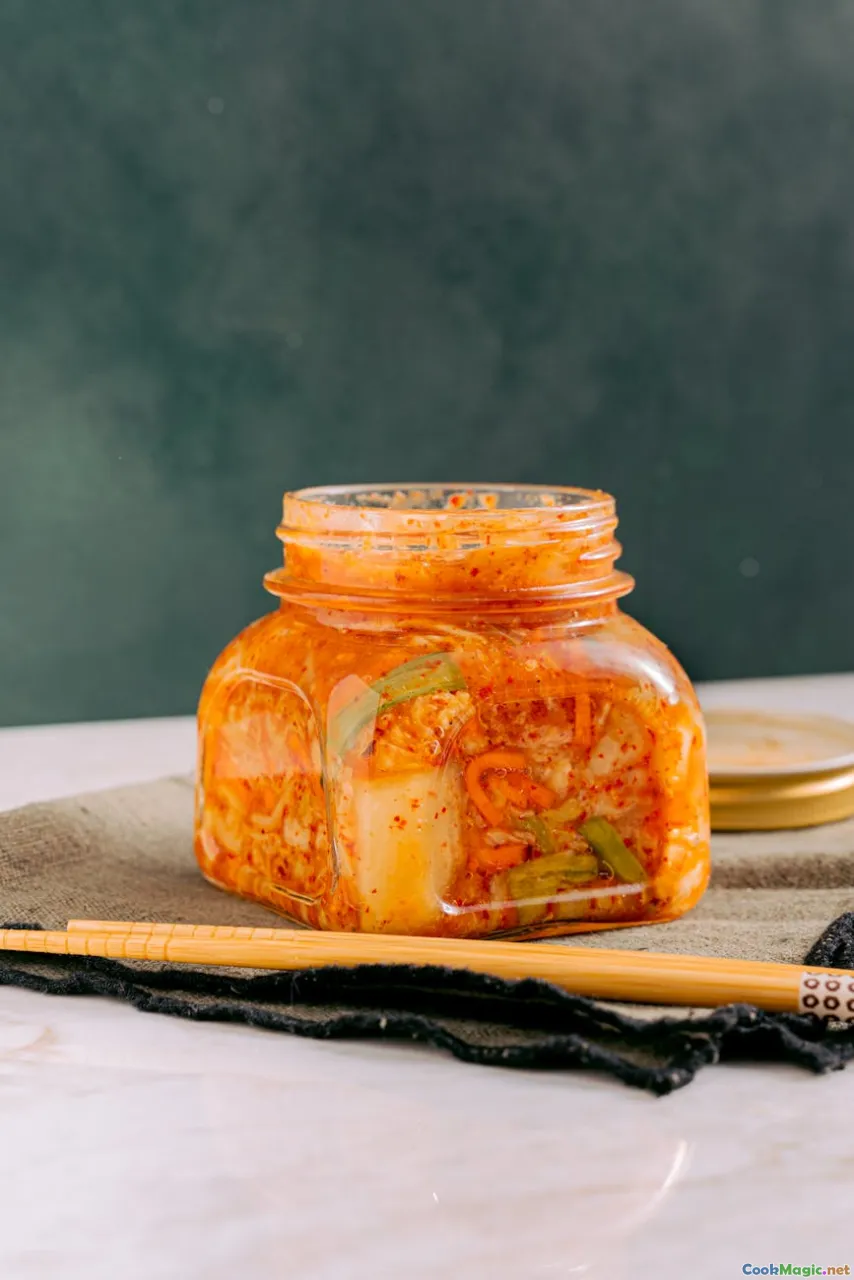The Importance of Pickled Herring in Danish Cuisine
7 min read Discover the cultural, historical, and culinary significance of pickled herring in Denmark, exploring its role in tradition, celebrations, and everyday life. April 24, 2025 22:00
The Importance of Pickled Herring in Danish Cuisine
Imagine walking along the cobblestone streets of Copenhagen during a crisp winter morning, the scent of salt and vinegar filling the air as locals gather around bustling fish markets. Among the myriad of seafood delicacies, one humble yet profoundly significant dish captures the heart of Danish culinary tradition: pickled herring. This unassuming fish, transformed by a simple yet masterful process of pickling, is not just a staple on Danish tables—it’s a symbol of national identity, history, and community.
A Deep Dive into Denmark’s Fish Heritage
Danish cuisine is inherently tied to its geography. Surrounded by the North Sea and the Baltic Sea, Denmark’s access to fresh seafood has sculpted its culinary landscape for centuries. Among the diverse array of fish available, herring stands out—not only for its abundance but also for its cultural resonance. Historically, herring was a vital resource for Danish fishermen and coastal communities, providing sustenance and a means of trade.
The tradition of preserving herring through pickling dates back to at least the Middle Ages, when preservation was essential for survival during harsh winters and long voyages. This method allowed the fish to be stored for months, retaining its flavor and nutritional value, and becoming a staple during festivities and daily meals alike.
The Art of Pickling: From Sea to Table
The process of pickling herring is both an art and a science. It begins with fresh, high-quality herring, which are carefully filleted and cleaned. The fish are then submerged in a brine made of vinegar, sugar, salt, and spices—often including bay leaves, peppercorns, onions, and dill—to develop their characteristic tangy flavor.
The magic happens during the marinating period, which can range from a few days to several weeks, allowing the flavors to meld beautifully. The result is a fish with a tender, flaky texture, infused with a complex symphony of sour, sweet, and aromatic notes. Visually, pickled herring presents an inviting array of colors—ranging from pale pinks to deeper amber hues—often garnished with fresh herbs or thinly sliced onions.
Cultural Significance and Social Rituals
In Denmark, pickled herring is more than just a dish; it’s woven into the fabric of social and national identity. It plays a starring role during Sankt Hans Aften (Midsummer celebration), Christmas feasts, and New Year’s gatherings. The tradition of serving herring in various forms—whole, filleted, or in salads—serves as a symbol of continuity, resilience, and community.
During these festivities, tables are laden with an assortment of herring preparations, each telling a story or honoring a regional tradition. For instance, in the northern parts of Denmark, herring may be served with a mustard sauce, while in the south, it’s often accompanied by chopped pickles and rye bread.
Sharing pickled herring is a communal act—families pass down recipes, friends gather around shared plates, and generations connect through taste and tradition. The act of eating herring becomes a cultural ritual that reinforces bonds and preserves heritage.
Personal Reflections and Anecdotes
As someone who has spent countless mornings at Copenhagen’s Torvehallerne market, I’ve witnessed firsthand how pickled herring unites diverse communities. Vendors proudly display their jars—each with a unique recipe—inviting curious passersby to taste the tangy, savory morsels.
My own introduction to Danish pickled herring was during a Christmas celebration at a local Danish family’s home. The aroma of dill and vinegar filled the air as the grandmother carefully arranged the herring on a platter. With each bite, I experienced a burst of flavors—the sharpness of vinegar balanced by the richness of the fish, complemented by the crunch of onions and the freshness of herbs. That moment became a gateway into understanding the depth of Danish culinary identity.
The Modern Twist and Global Influence
Today, traditional pickled herring remains beloved, yet innovative chefs are experimenting with new flavors—adding elements like citrus zest, chili, or even Nordic berries. These modern interpretations honor tradition while embracing contemporary tastes.
Globally, Danish-style pickled herring has found its way into gourmet restaurants and Scandinavian food festivals, spreading appreciation for this humble dish. Its versatility makes it suitable for tapas, salads, or even atop crispbread with a smear of butter.
Preserving the Tradition
Preservation of this culinary heritage is vital. Local artisans and home cooks alike continue to perfect their recipes, ensuring that future generations can savor the same flavors that have sustained and unified Danish communities for centuries.
In conclusion, pickled herring is more than just a preserved fish—it is a vessel of history, a symbol of resilience, and a celebration of communal life. Its tangy, savory profile encapsulates the essence of Danish culture—a harmonious blend of nature, tradition, and shared experience.
Whether enjoyed during festive occasions or as a simple everyday delight, pickled herring remains an enduring emblem of Denmark’s rich culinary tapestry. So next time you encounter this modest dish, remember: you’re tasting a piece of history, preserved in vinegar and shared with love.









